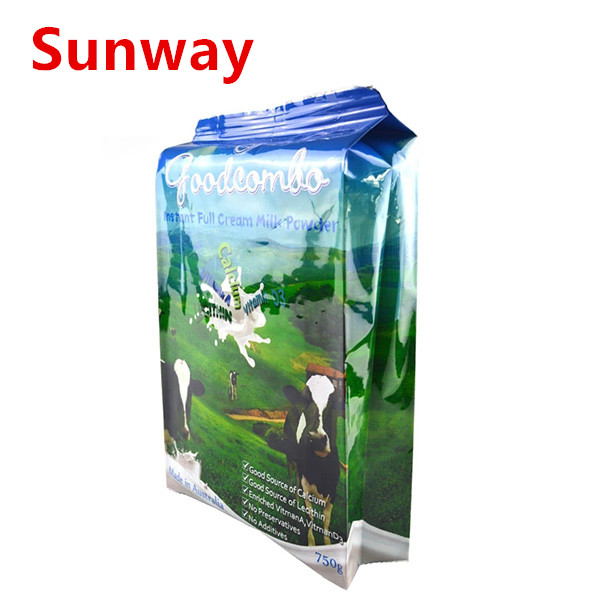Studies have found important implications for mitochondria-related diseases, and mitochondria are the main source of energy production in our cells.
The study aims to understand how cells become organized, form tissue, and regulate growth during development. The research team focused on some fat (ft) gene mutations. The product of this gene: Fat protein acts on the cell membrane, promoting adhesion and communication between cells. Ft mutations can cause cells to overgrow and become tumors. This process is partly through the Hippo signaling pathway, which is frequently activated in some cancers such as liver cancer, breast cancer, ovarian cancer, and sarcoma.
It is generally believed that the Fat protein acts on the surface of the cell. For the first time, the new paper reveals that a piece of Fat protein is actually cleaved and transported into the mitochondria, where it affects the energy state of the cell. Importantly, when this particular component is missing, the energy-generating tubing within the mitochondria becomes unstable, resulting in loss of energy production.
We were surprised to find that the Fat protein directly interacts with the mitochondria in the cell and regulates cell metabolism. Although we still want to know how cells know when to release this Fat protein into the mitochondria, now this new connection opens a new path for us to think about the control mechanisms of cellular energy and provides some Turn off new ideas for cancer cell growth.
When mitochondria are not functioning properly, cells no longer have an efficient source of energy. Instead, the cells will switch to glycolysis to generate the energy they need, which is called the Warburg effect. Similarly, tumor cells have a glycolysis rate 200 times higher than normal cells. Because mitochondria are responsible for the energy needed to generate basic cellular functions, problems with mitochondria can also cause diseases such as type 2 diabetes, Parkinson's disease, heart disease, stroke, and Alzheimer's disease.
Since Drosophila is a powerful model of human mitochondria, the research team has been evaluating their unique findings in fruit flies. In the next phase they plan to test these findings in human cells. The new study found that linking cell membranes to mitochondrial function is important because it defines a novel cellular regulatory mechanism.
The packaging bags of milk powder need to be targeted at the nature of milk powder, with the following functions: long shelf life, fragrance preservation, oxidation and metamorphism prevention, moisture absorption and agglomeration prevention. Therefore the material we will be used for this feature is BOPP/VMPET/PE.
1. The composite material of BOPP meets the requirements of the milk powder, good printing and strength
2. VMPET has good light resistance, good light resistance and good ductility. It has metallic luster.
3. PE has good anti-pollution sealing and low temperature heat sealing.
4. Aluminum foil with good moisture, rust, gas, light and corrosion resistance, its stiffness, mechanical strength moderate, good malleability, easy to process, can be made with paper, plastic composite, high temperature resistance aluminum plastic composite materials, suitable for high temperature sterilization packaging, vacuum packaging. The use of aluminum foil composite materials can effectively improve the shelf life of products; resist oil to the packaging of infiltration dyeing.


Milk Powder Bag,Milk Powder Packaging,Milk Powder Pouch,Milk Powder Storage Bag
Shenzhen Sunway Packaging Material Co., Ltd , https://www.sunwaypacks.com
![<?echo $_SERVER['SERVER_NAME'];?>](/template/twentyseventeen/skin/images/header.jpg)